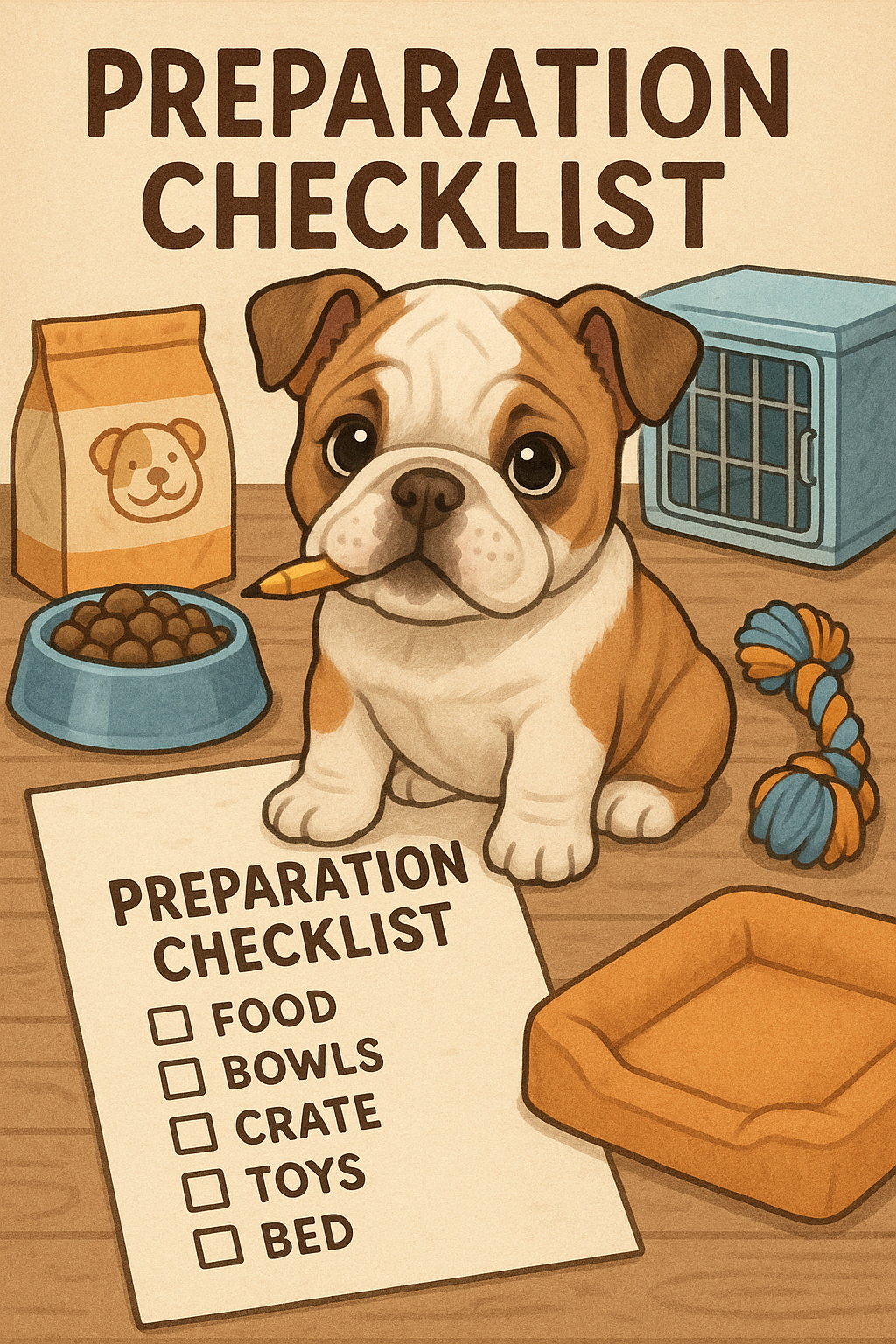The Realities of Breeding English Bulldogs: Expense, Risk, and Commitment
English Bulldogs are one of the most expensive and challenging breeds to whelp.
They’re also among the most charming companions you’ll ever meet. It’s easy to understand why someone might be tempted by the idea of breeding them. After all, what could be more delightful than a house full of wrinkly, roly-poly puppies?
Trust us—we understand the appeal. But what many people don’t realize is just how complex, risky, and emotionally demanding breeding English Bulldogs truly is.
It Starts With Timing—and Lots of Testing
From the moment your female enters heat, progesterone (PG) testing begins. This testing is used to pinpoint ovulation and ensure you inseminate at the optimal time. Most veterinary clinics charge $80–$120 per test, and you may require several days of testing. It's not unusual to spend $800–$1,000 just in this phase.
Even then, success is not guaranteed. Few clinics offer reproductive services. You’ll also be working within the availability of your chosen reproductive vet. If your female’s numbers spike on a weekend or holiday when the clinic is closed, you will miss the cycle entirely—and have to wait another 5 to 7 months to try again.
If insemination is successful, the pregnancy lasts approximately 63 days. Around day 58, daily PG testing resumes. This time, the focus is on predicting the onset of labor. English Bulldogs cannot safely deliver naturally due to their anatomy, so a scheduled C-section is mandatory.
C-section costs can vary widely. A routine surgical delivery may cost around $2,500 at a clinic. But if labor begins after hours, you may be facing an emergency C-section upward of $8,000, depending on location and availability.
Many clinics close on weekends, and veterinary surgeons may only be available a few days a week, making this time incredibly stressful. Even under the best circumstances, breeding can be tough on the mother, and there’s always a risk she may not survive. You need to be prepared to tube feed the puppies in case of an emergency.
Bulldog Puppies Cannot Survive Without You
Newborn English Bulldogs cannot be left alone with their mother. Her size and limited mobility can easily lead to accidental injury or suffocation. Human intervention is not just recommended—it is essential.
The puppies will require an incubator for the first 3–4 weeks to maintain warmth, humidity, and (optionally) oxygen. They are unable to regulate their own body temperature, and even mild drafts can cause fatal hypothermia.
You will need to feed and stimulate the puppies every two hours, around the clock, for the first two weeks. This is not a one-person job. You’ll need help to adhere to a strict schedule to prevent hypoglycemia, which can be fatal in a matter of hours. These factors contribute to the breed’s 30–40% mortality rate in puppies.
Serious Risks to the Litter
Caring for newborn bulldogs requires constant vigilance. Even the smallest mistake or delay can lead to devastating outcomes. Common risks include:
- Aspiration pneumonia from inhaling milk during feeding
- Swimmer’s syndrome where flat surfaces cause chest deformities
- Suffocation, infections, dehydration, and congenital defects
Bulldog puppies cannot be placed on flat, hard surfaces. You’ll need to line their incubator with egg crate foam and layers of soft bedding to prevent developmental issues that could impact breathing and feeding.
Every aspect of their care must be proactive, precise, and monitored. Emergency veterinary care should always be available, and minor concerns must be treated with urgency. These puppies are incredibly fragile.
And This Is Just the Beginning
Breeding English Bulldogs is not for the faint of heart. It’s physically exhausting, emotionally draining, and financially demanding. This is not a casual undertaking, and it’s not for those hoping for an “easy” introduction to breeding.
For all of these reasons, we only partner with experienced breeders. Not because we want to keep others out, but because we know what it takes to do this responsibly—and we know what’s at stake when it’s not done right.
If you’re considering breeding Bulldogs, go in with open eyes, a full support system, and a willingness to learn. It’s not just about the joy of puppies—it’s about the deep responsibility to their survival and well-being.






